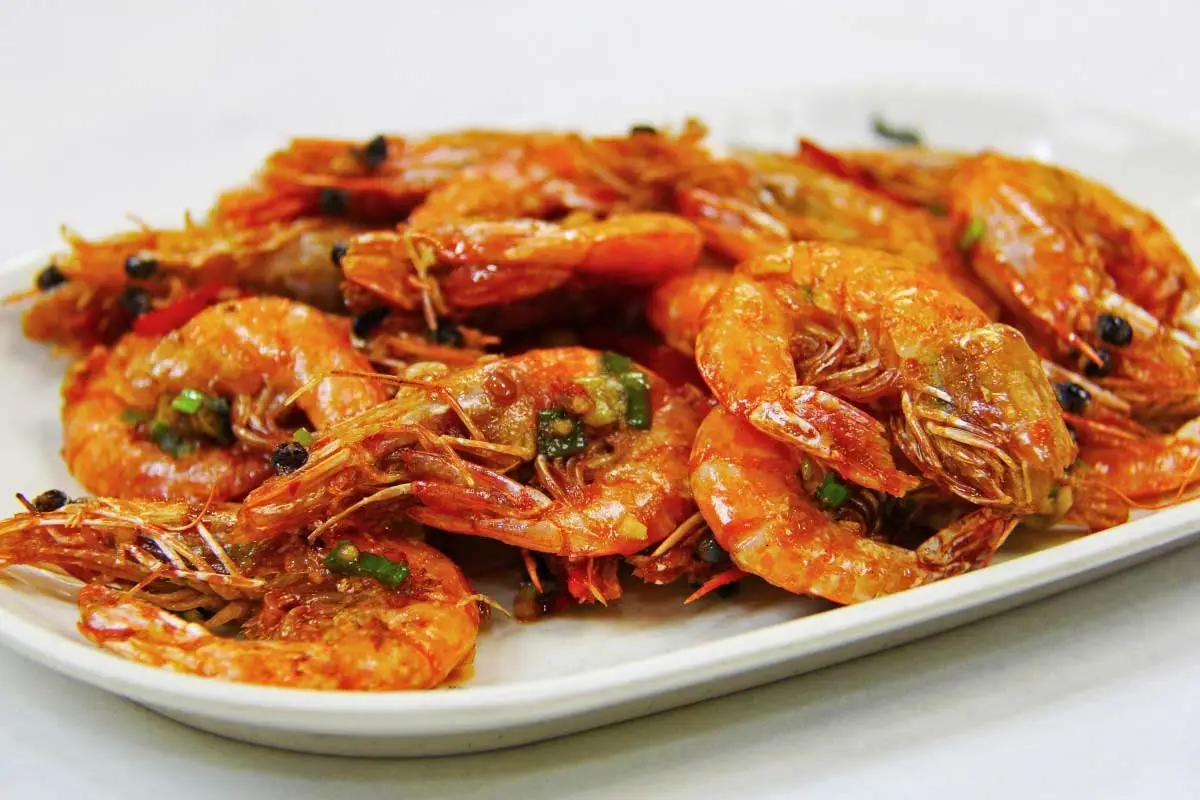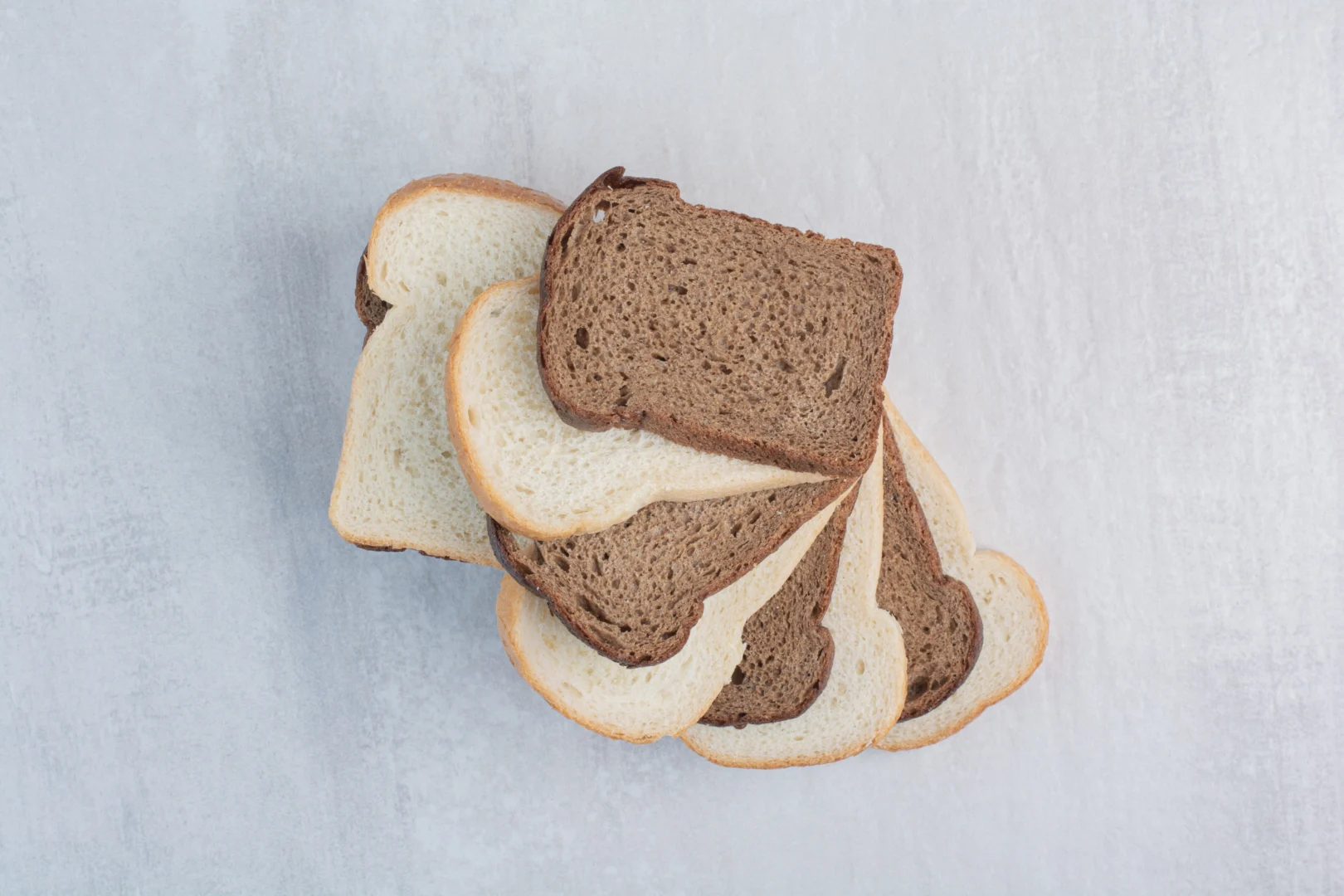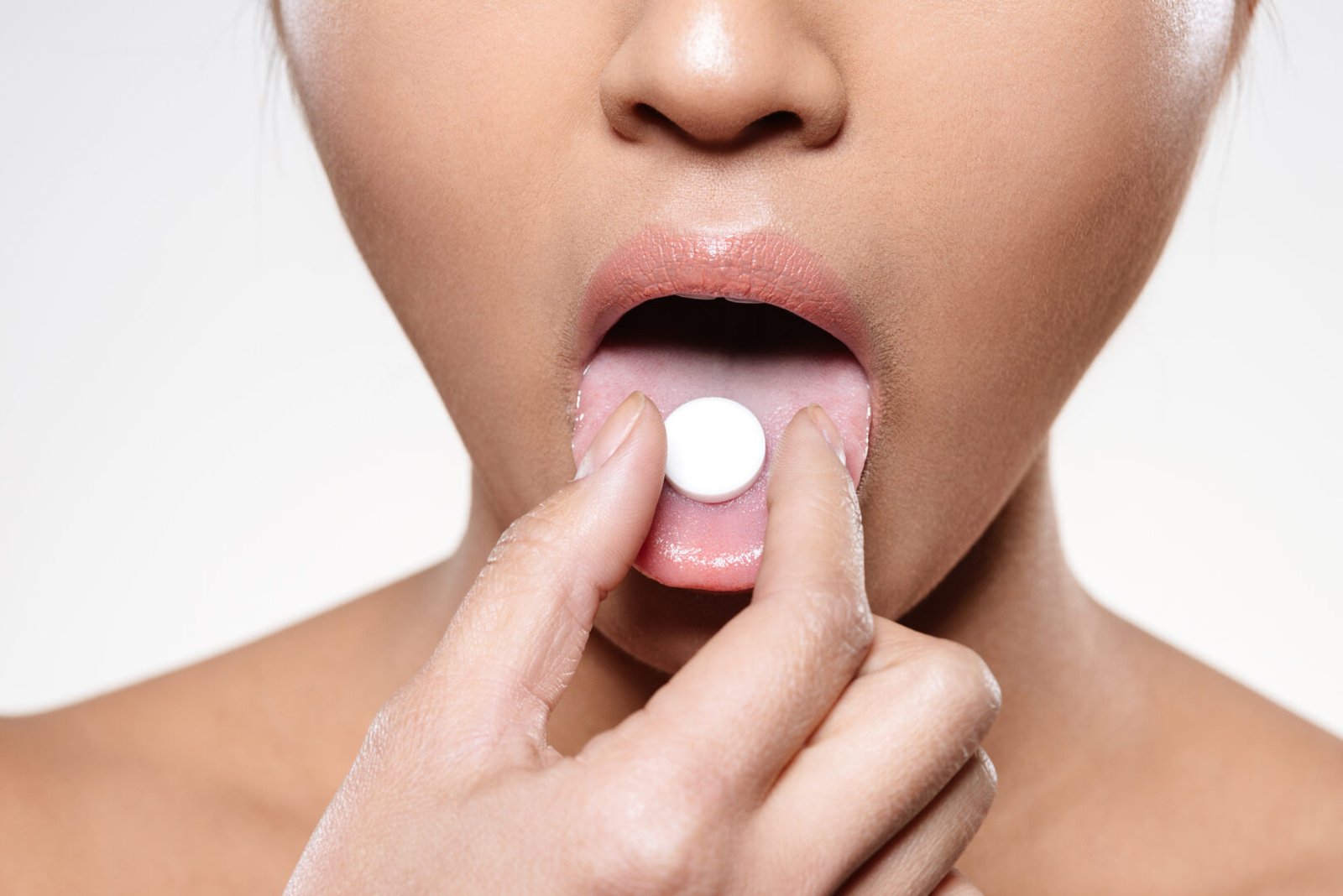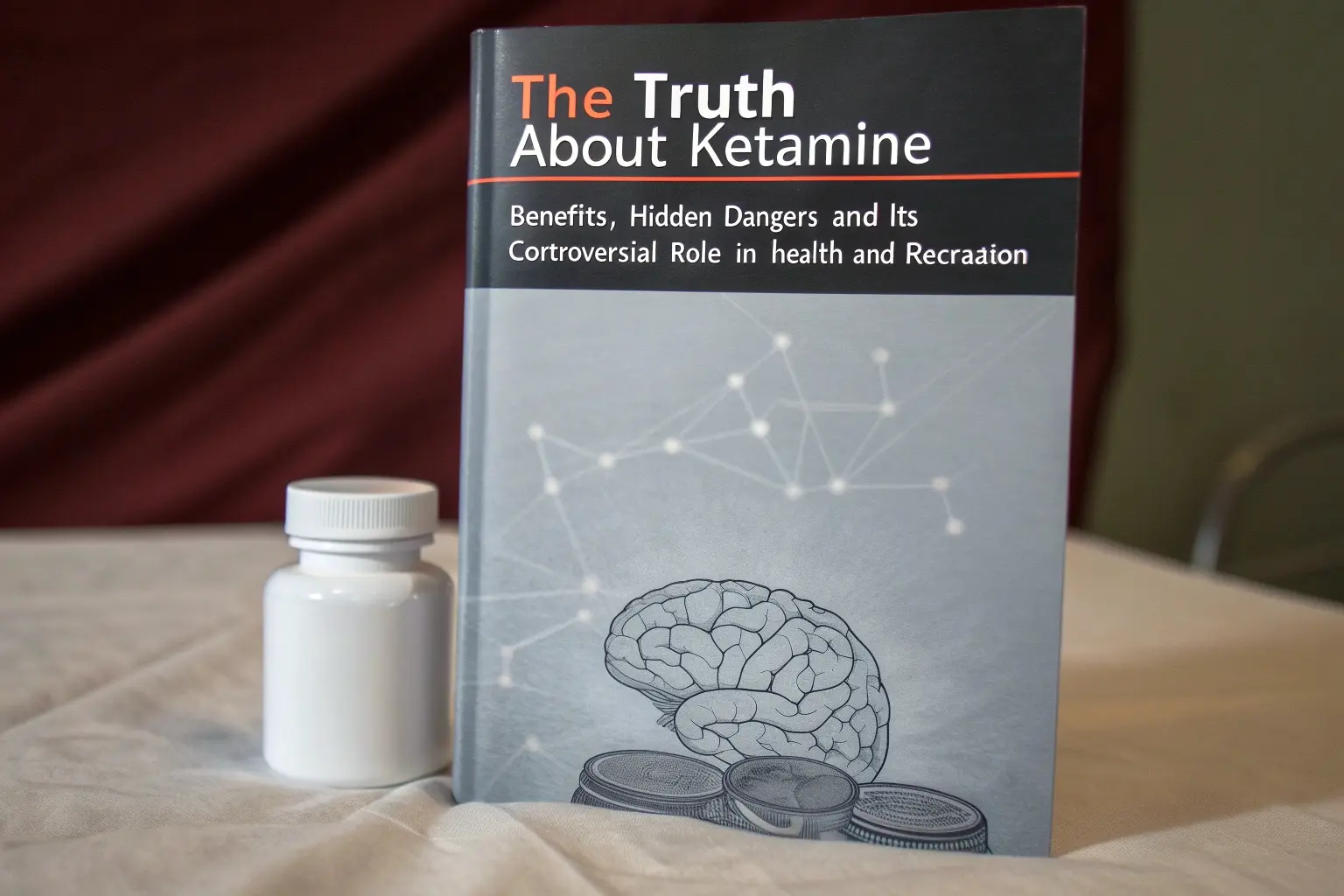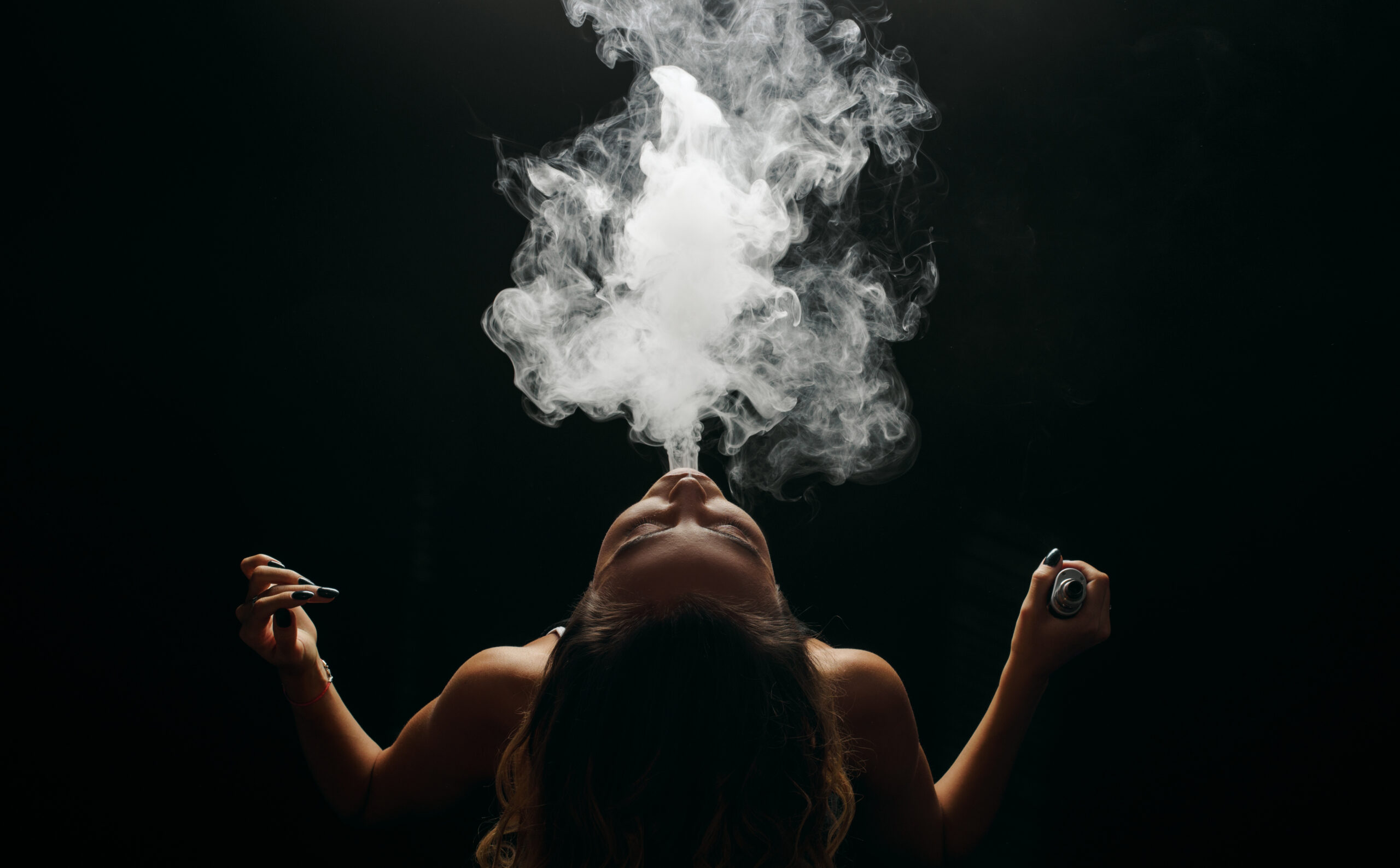Hooked on the Cloud: How Vaping Almost Ruined My Health and Why It’s Not Just a Trend
The Shocking Truth Behind the Trend Everyone’s Talking About — What You Need to Know Before You Take Another Puff.

I never thought I’d become a smoker. I wasn’t the type. I never touched a cigarette in high school, turned my nose up at ashtrays, and gave side-eyes to friends who lit up outside bars. But when vaping came around, it felt different—cleaner, cooler, modern. It didn’t smell, it came in sweet flavors, and everyone was doing it. It was marketed like it was harmless, even stylish. And that’s how I got hooked.
I started with a mango-flavored vape “just to try it,” and within a few weeks, I was puffing on it daily. At first, it felt like a stress reliever. I’d hit it in traffic, during Zoom meetings, walking around Target. No mess, no ash, no problem—right? But within months, I noticed changes in my body I couldn’t ignore. Tightness in my chest. Shortness of breath walking up stairs. Random dizzy spells. I brushed it off. “It’s not real smoking,” I told myself. “Everyone vapes now.” But my body knew better.
The truth is, vaping is dangerous—and more addictive than most people realize. I wasn’t alone. Two of my closest friends started vaping around the same time I did. One of them, Chris, had never smoked anything in his life. He picked up a sleek, USB-drive-shaped vape one night at a party and thought it was harmless fun. Fast forward a year, and he was going through two disposable vapes a week. His voice started sounding raspy, and he was constantly coughing. I remember one night we were hanging out, and he suddenly couldn’t catch his breath after climbing a flight of stairs. He brushed it off, but I could see the panic in his eyes.
My other friend, Sara, got hooked while trying to quit smoking cigarettes. She was told vaping would be a safer alternative, a “step-down” strategy. But she ended up vaping more than she ever smoked. She’d hit her vape every 10 or 15 minutes like clockwork. And when she couldn’t find it? Full-on panic. That’s the part people don’t talk about enough—the mental addiction. The panic when your vape dies. The compulsion to stop at a gas station just to grab one more. She ended up in the ER after experiencing chest pains and numbness in her left arm. They ruled out a heart attack, but the doctors told her she had signs of high blood pressure and lung inflammation—at just 29 years old.
Vaping is marketed as the safer alternative to cigarettes, but that doesn’t make it safe. According to the CDC, over 2.5 million middle and high school students reported using e-cigarettes in 2022 alone. And it’s not just teens—millions of adults have now picked up the habit. Vaping companies have brilliantly disguised an old addiction in new packaging: bright colors, smooth flavors, discreet devices, and a slick social media presence. And it’s working. The global vaping market is now worth over $22 billion, with the U.S. holding the largest share. Big Tobacco is profiting again—this time under a new name and in prettier packaging.
But what’s really inside these things? Let’s be clear: it’s not just flavored water vapor. Vape juices contain nicotine salts, which allow for higher concentrations of nicotine to be absorbed more easily into the bloodstream. One popular brand, Juul, delivers as much nicotine in a single pod as an entire pack of cigarettes. You’re not just getting a buzz—you’re rewiring your brain. Then there are volatile organic compounds, formaldehyde, acetaldehyde, benzene, toxic metals like lead and nickel, and flavoring chemicals like diacetyl, which has been linked to “popcorn lung”—a serious, irreversible lung disease. And most users have no idea what they’re actually inhaling.
The mental trickery of vaping is one of the most dangerous parts. Because it doesn’t feel like smoking, many people don’t think of it as dangerous. There’s no smoke, no burnt smell, and no public shaming the way there was with cigarettes. It’s more discreet. It looks more like a tech gadget than a nicotine delivery device. That’s how it slides past our internal warning systems.
When my own symptoms became too serious to ignore—waking up with tight lungs, wheezing at night, and feeling exhausted after a short walk—I finally saw a pulmonologist. I didn’t expect much. I still didn’t fully believe vaping could be hurting me that badly. But after a lung function test, the doctor looked me straight in the eyes and said, “Your lungs are inflamed. You’re young, but if you keep this up, you’re going to see long-term damage.”
That was my wake-up call. I quit cold turkey, but it was hell. I was irritable, anxious, and foggy. I had headaches, sleep issues, even a few moments where I broke down and cried without knowing why. Nicotine withdrawal is no joke. And it’s amplified by the behavioral part—those habits I had built around vaping. The little dopamine hits throughout the day. That hand-to-mouth ritual. I had to unlearn all of it.
Read About: Wellness in the Spotlight: Insights from Vivienne Benitz
I wasn’t just fighting a physical addiction. I was also dealing with regret. Regret that I let myself believe the marketing. Regret that I didn’t ask more questions before inhaling something I barely understood. Regret that I had convinced others it was no big deal.
If you’re vaping right now and thinking it’s harmless, think again. Ask yourself how often you’re using it. What happens when your vape dies or goes missing? How much are you spending? How often do you tell yourself it’s your last one? That’s an addiction. And it’s not your fault. These products were designed to hook you. But you can take your power back.
For anyone trying to quit, know that it’s possible—and it’s worth it. What helped me most was deleting vape-related content from my social feeds, changing up my routines that triggered cravings, staying hydrated, and talking about it. I joined an online support group. I leaned on my friends. I gave myself grace on the hard days. And over time, the cravings got weaker. My breathing improved. My energy came back. My mind felt clearer.
Vaping is not just a harmless trend. It’s a multi-billion-dollar business built on addiction, misinformation, and convenience. It’s time we stop pretending it’s just a cute cloud of flavor and start calling it what it is—a dangerous habit with real, lasting consequences. I was lucky to get out when I did. I’ve seen what it can do, and I wouldn’t wish it on anyone.


